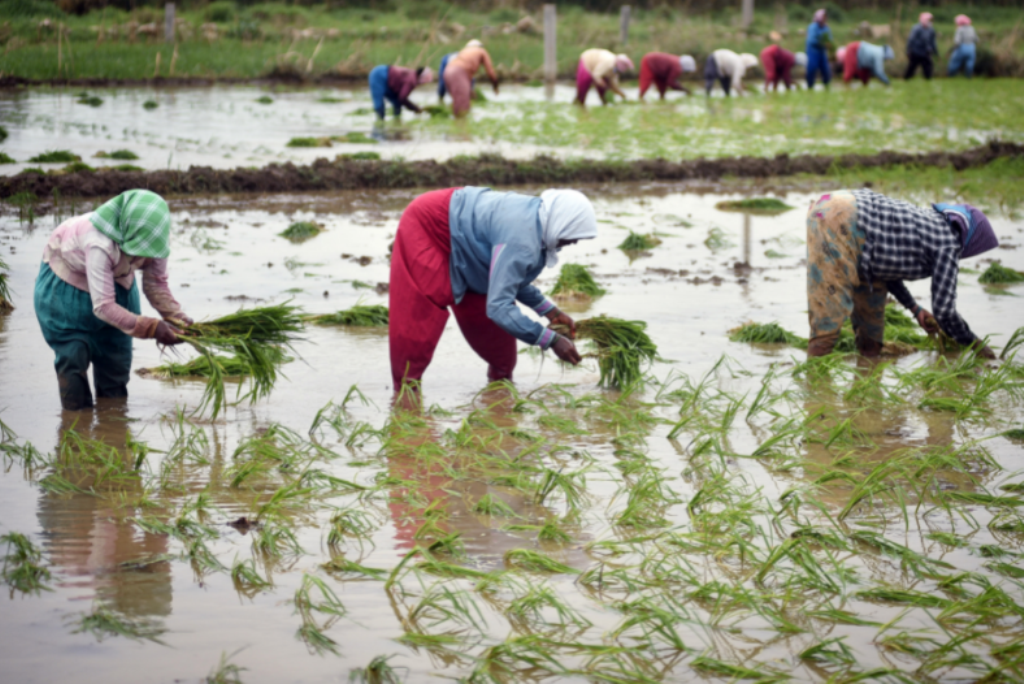
By definition a supply chain is a system of organizations, people, activities, information, and resources involved in moving a product or service from supplier to customer. In a supply chain system, there is transformation of the natural resources, raw materials, and components into finished products which are eventually consumed by the end customer. Used products may re-enter the supply chain at any point where residual value is recyclable, in sophisticated supply chain systems.
In India we have two main types of agricultural supply chains. First supply chain system is well regulated by the government and second is under control by the private sector. The government of India created special rules for five key agricultural produce – wheat, rice, pulses, sugar and edible oils roughly six decades back following concerns over food security. Wheat serves as the majority of the government’s 275-300 million ton safety stock of food there it is managed closely while products like fruits and vegetables, are generally unregulated and are handled by the private sector almost entirely. Both the chains make initiations from the farm.
Mostly all of the growers offer their produce for sale in those markets which is government controlled and located near to their respective farms. For handing the transactions there are Commission Agents, often called as the “adtiyas” negotiate prices with the farmers. The Commission Agents play the role of finding a buyer for the produce and usually buyer is a representative of the government or a produce trader. He then charges a percentage commission which generally ranges from 3-6% of the transaction value.
Financing is also provided by the Commission Agents for the farmer during the crop growing period. After the financing activity, there is a split in the supply chain between the government and the private sector. When there is a purchase deal for a regulated crop by the government, it is the Food Corporation of India which initiates transactions with the Commission Agent at a regulated minimum support price.
The Food Corporation of India is the largest purchaser of wheat, apart from other key agricultural products. These products are stored and distributed to the needy population through the Public Distribution System. Punjab and Haryana are the largest producer of the regulated crops/products from where the produce moves to other states and regions through trucks or trains.
Speaking about the second chain, which are handled by the private sector, and looks after the movement of mostly fruits and vegetables. This system has been much more local and highly fragmented, traditionally. This feature is visible mostly on the retail side. There is movement of the product from a farm to a market and engages about 4-5 middlemen for the entire process.
The Commission Agents generally sell to one or more traders who arrange for the produce to be shipped to city wholesale markets. Once the produce reaches the wholesale markets they are then sold to local retailers. From these retailers the product finally goes to the consumers.











